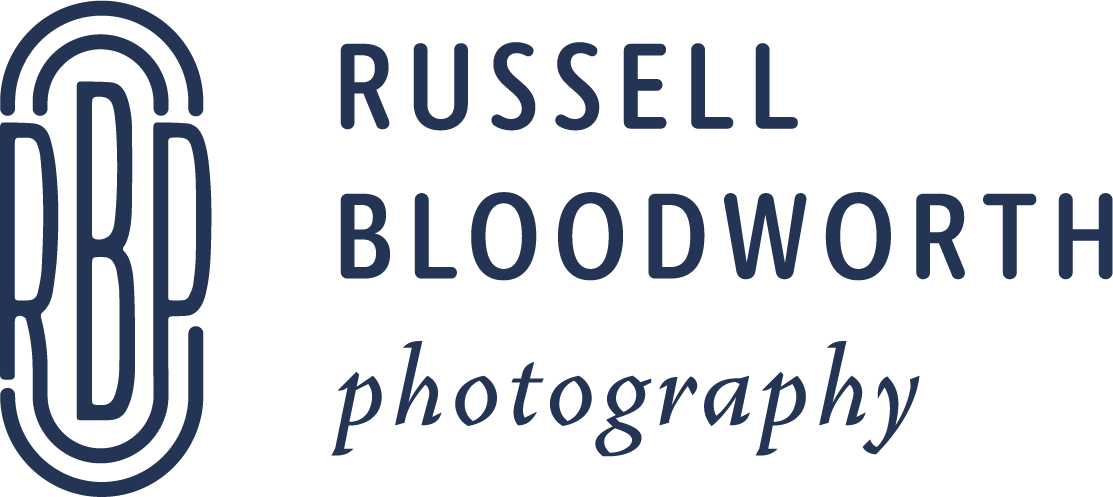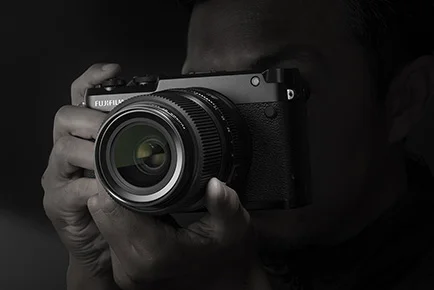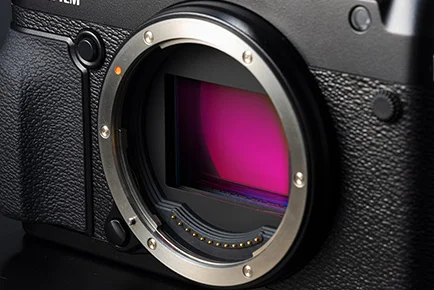Why I Want the Fuji GFX-50R as My Next Camera
This post may contain affiliate links. Click here to read my affiliate policy.
My last 3 cameras—Pentax K7, Sony NEX 5r, and Fuji X-T2—have all had APS-C crop sensors. And, particularly in the case of my Fuji, they’ve proven to be an ideal mixture for me of portability, speed, and image quality. I’ve lusted a tad after full frame options—the sensor size of choice for most professionals—such as the Sony A7III and A7RIII, but overall I’ve been pretty happy where I am.
So, why then would I want my next camera to be a relatively enormous medium format monster that has clear tradoffs on both portability and speed? That’s a tough one. In many respects, probably the best thing to do would be to sell my Fuji and pick up something like the Sony A7RIII, which strikes a great compromise between medium and crop formats. But… I love my Fuji X-T2! The ergonomics, the style, the menu system, the Fuji colors. Plus, as I see it—and this is probably part of Fuji’s strategic thinking—the GFX series is the perfect complement to their smaller Fuji X cameras. Particularly now that they’ve released their new, smaller, rangefinder-style GFX-50R.
5 Reasons I Want the Fuji GFX-50R as My Next (2nd) Camera
Medium Format Image Quality
With nearly a 4x increase in sensor area and more than double the megapixels (51.4MP) versus my current APS-C crop sensor, the image files coming out of the GFX cameras are some of the best available. Some bloggers, like this one here, have posted GFX RAW files available for download so you can play with them for yourself!
The Most Portable Digital Medium Format Camera to Date
Although much bigger than any typical mirrorless camera, the GFX 50R is still incredibly small and portable for medium format. Comparing to a Nikon D850, one of Nikon’s flagship DSLRs, the GFX is considerably smaller and lighter while meaningfully outperforming in image quality. There are some trade-offs as well, but point is that you’re getting a perfectly manageable medium format device in terms of portability.
The Most “Affordable” Digital Medium Format Camera
At just under $4500, the GFX-50R isn’t exactly cheap. But when you consider that the next cheapest medium format cameras are $1000+ more (at a minimum) and top of line mirrorless full frame options aren’t that much cheaper, it starts to sound a lot better! Plus, any income I make from my photography hobby pretty much goes right towards purchases of more gear, so I should be able to (at some point) make the math work. Oh, and not to be forgotten, Fuji has been running some pretty crazy deals lately—often on Sundays—on GFX + G-mount lens combos, offering up to $2000+ off. Maybe buy one of those and just sell the lenses back?
The Same Fuji System I Know and Love
One less thing for me to learn and worry about!
Can Adapt Many of Existing Vintage 35mm Film Lenses
This will depend on the lenses being adapted, but there are many GFX users who’ve blogged about their success in adapting vintage 35mm lenses (here’s one interesting blog post on adapting vintage Minolta glass to the GFX from Bert Stephani). Some may not create an image circle that completely covers the sensor, but for the most part you’re still getting medium format image quality without having to invest in the admittedly expensive GFX glass.
So, that’s how I’m feeling about things. Right now, this is more of an idealized wishlist item than a practicality due to cost, but for the time being this is my plan! How about you? Any interest in the GFX series? Or are full frame and APS-C giving you what you need?
This post may contain affiliate links. Click here to read my affiliate policy.


